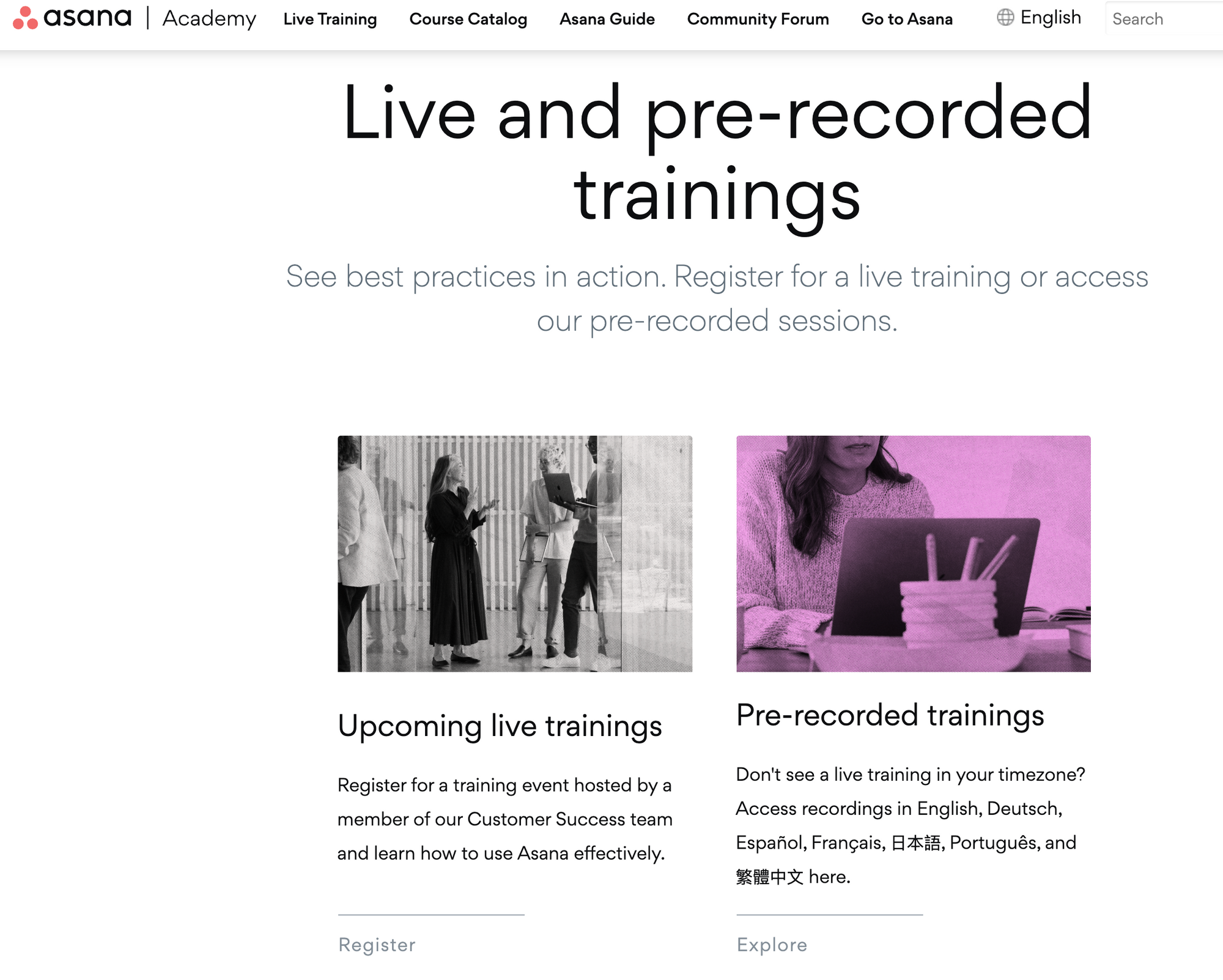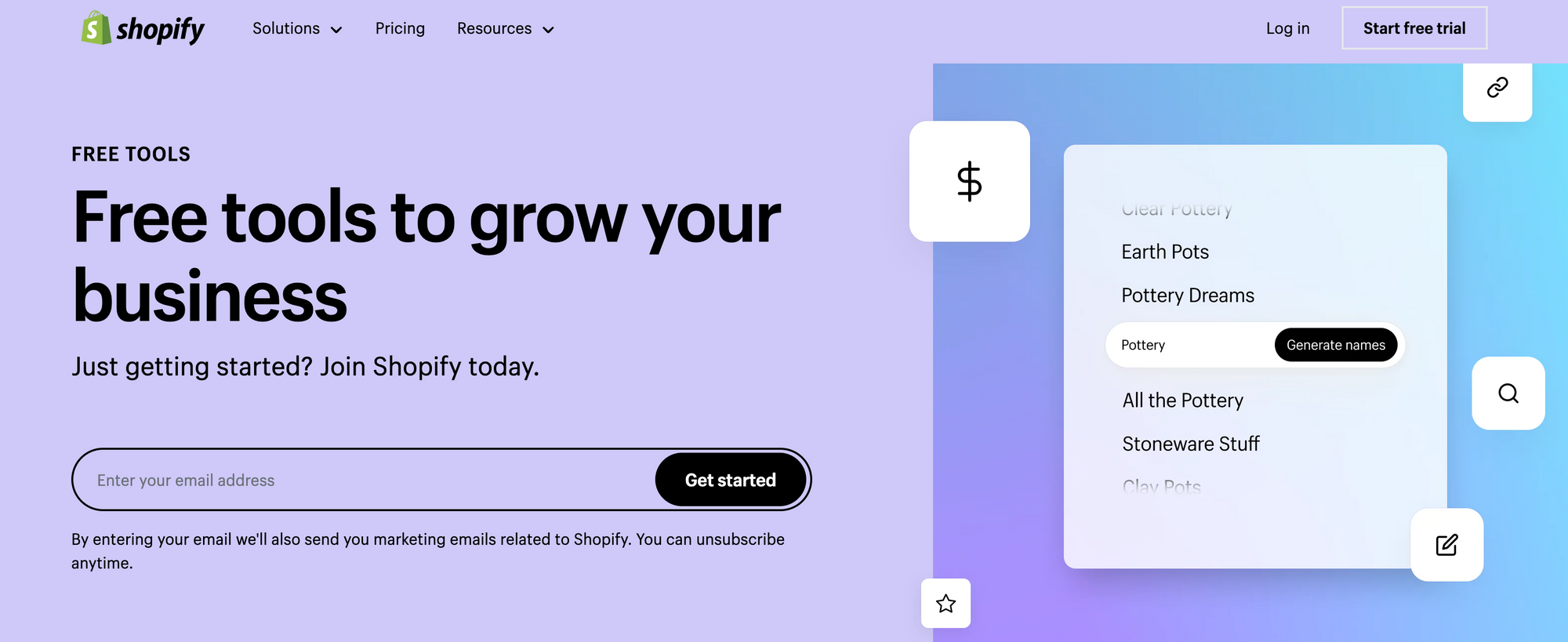"The best SaaS companies don't just sell software. They provide solutions, they educate, and most importantly, they provide value."
There are a handful of SaaS marketing campaigns that have not only resonated within the confines of their industries, but have left an indelible mark on the landscape of marketing. In the chessboard of SaaS marketing, these companies have brilliantly checkmated the competition.
In this long read, I will attempt to dissect these campaigns, unraveling their secrets and success metrics. We'll study their strategies and identify what set them apart, all in a bid to help you build your next masterstroke campaign.

1. Slack's "So Yeah, We Tried Slack" Campaign
The team collaboration platform, Slack, has become a mainstay in businesses of all sizes. One of their most successful campaigns was their "So Yeah, We Tried Slack" series.
What made it successful?
Real User Stories: By sharing stories from real customers, Slack added authenticity to its campaign. This established trust and reliability among its prospects.
Product Integration: Each story was cleverly interwoven with Slack's features. This indirectly showcased how the platform could solve real-world problems.
Empathy: The problems addressed were relatable to Slack's target audience. This understanding and empathy created a strong connection with viewers.
Key Takeaways
- Validate your product through user testimonials.
- Connect with your audience's problems and show them how your product can solve them.
- Integration of product features within your campaign can be a subtle yet powerful promotion tool.
2. Asana's Product Education Webinars
Project management software company, Asana, has a rich library of product education webinars. These webinars cater to both potential and existing users, covering a wide range of topics from getting started to mastering advanced features.

What made it successful?
Product Expertise: The webinars established Asana as a thought leader in the project management space. This bolstered their credibility and increased user trust.
Education-Based Marketing: By educating users, Asana encouraged organic product adoption and engagement.
Segmented Audience Approach: Asana created different webinars for different user levels. This addressed specific user needs and enhanced their overall experience.
Key Takeaways
- Education-based marketing can foster product engagement and adoption.
- Develop content that addresses different audience segments.
3. Shopify's Free Business Tools
E-commerce platform Shopify offers an assortment of free business tools, including a business name generator, QR code generator, profit margin calculator, and more.

What made it successful?
Value-Addition: By offering free tools, Shopify provides value upfront, making it an attractive option for potential customers.
Soft Sell: This strategy also serves as a soft sell. As users become accustomed to using Shopify's tools, they are more likely to consider their paid offerings.
SEO Play: Each tool has its own dedicated page, optimized for SEO. This boosts Shopify's online visibility and attracts organic traffic.
Key Takeaways
- Providing free value can warm up potential customers towards your main offering.
- Optimize your content for search engines to improve online visibility.
4. Zoom's User Experience Focus

Zoom skyrocketed to fame in the wake of the pandemic. Their core focus on a seamless, easy-to-use interface was their key selling point.

What made it successful?
Simplicity: Zoom made video conferencing straightforward. A simple, intuitive user interface helped them stand out amidst competition.
Rapid Problem Solving: During their growth surge, Zoom was quick to address security issues, demonstrating their commitment to providing a safe and reliable platform.
Key Takeaways
- A seamless user experience can differentiate your product in a crowded market.
- Swift response to user concerns and issues demonstrates commitment and builds trust.
5. Drift's Hyper-Personalized Emails

Drift, a conversational marketing platform, uses hyper-personalized emails to engage its audience.
What made it successful?
Personalization: By addressing recipients by their name and referring to their specific use-case, Drift makes their emails feel tailored for each individual.
Conversational Tone: Drift uses a casual, conversational tone which resonates with its audience and makes their emails more enjoyable to read.
Key Takeaways
- Personalize your communication to make your audience feel valued.
- A conversational tone can help your emails stand out and foster engagement.
These are just a handful of examples, but they serve to illustrate the different ways in which SaaS companies can create successful marketing campaigns. Remember, creativity, originality, and understanding your audience are key to devising strategies that resonate and drive results. Don't be afraid to try new approaches, learn from what works, and continually refine your tactics. After all, marketing is as much an art as it is a science.
| Campaign | Success Factors | Key Takeaways |
|---|---|---|
| So Yeah, We Tried Slack | Real user stories, Product integration, Empathy | Validate through testimonials, Show how your product solves problems |
| Product Education Webinars | Product expertise, Education-based marketing, Segmented audience approach | Foster product engagement through education, Address different audience segments |
| Free Business Tools | Value-addition, Soft sell, SEO play | Provide free value, Consider soft sell, Improve online visibility |
| User Experience Focus | Simplicity, Rapid problem-solving | Prioritize user experience, Swiftly respond to user issues |
| Hyper-Personalized Emails | Personalization, Conversational tone | Personalize communication, Use a conversational tone |
Key Takeaways
DataDab can help you tailor an effective SaaS marketing strategy that drives growth. Let's start a conversation today.
FAQ
1. What makes a SaaS marketing campaign successful?
A SaaS marketing campaign's success depends on several factors:
- Understanding the target audience: Knowing your customer's pain points, needs, and preferences is crucial. This informs everything from the design and content of the campaign to the channels through which it's distributed.
- Clear messaging and positioning: The campaign should clearly articulate your product's unique value proposition, and why it's the best choice for your target audience.
- Engagement and conversion: Successful campaigns are able to engage their audience and drive them towards the desired action, whether that's signing up for a free trial, booking a demo, or making a purchase.
- Measurement and optimization: Lastly, successful marketers continuously monitor the campaign's performance and make necessary adjustments to improve its effectiveness.
2. How can I make my SaaS marketing campaign stand out?
Standing out in the crowded SaaS market requires creativity, a deep understanding of your customers, and a unique value proposition:
- Use customer testimonials: Like Slack, you can incorporate real customer stories into your campaigns to increase credibility and relatability.
- Provide upfront value: Like Shopify, offering free tools or resources related to your product can create trust and attract potential customers.
- Focus on education: Providing educational content, as Asana did, can help customers better understand your product and its value.
3. Why is personalization important in SaaS marketing campaigns?
Personalization helps in making your communication more relevant and engaging to the recipient. Personalized campaigns, like the ones used by Drift, can significantly improve open rates, click-through rates, and overall engagement.
4. What kind of free tools can I offer to attract potential customers?
The type of free tools you offer should depend on your target audience's needs and your product's niche. Shopify, for instance, offered free business tools like logo makers and business name generators. Think about what kind of simple, standalone tool could be useful for your target audience and aligns with your product.
5. How can I use webinars in my SaaS marketing campaign?
Webinars can be a great way to provide value to your audience, showcase your product's capabilities, and engage leads. Asana effectively used webinars to educate different segments of their audience about their product. You can do the same by identifying aspects of your product that need further explanation and creating informative webinars around those topics.
6. How important is user experience in a SaaS marketing campaign?
User experience is paramount. A good user experience can boost customer satisfaction, reduce churn, and lead to positive word-of-mouth. Zoom's success is a testament to this, as their focus on delivering a simple, easy-to-use product was a key factor in their explosive growth.
7. How can I use user stories in my SaaS marketing campaign?
User stories can help demonstrate your product's value and how it solves real problems for customers. Gather stories from satisfied customers, then highlight these stories in your marketing content, like Slack did. This could be through blog posts, social media posts, or email newsletters.
8. What metrics should I track to measure the success of my SaaS marketing campaign?
The specific metrics you track will depend on your campaign goals. However, some common metrics include signups (for acquisition campaigns), product usage (for engagement campaigns), churn rate (for retention campaigns), and customer satisfaction scores.
9. How can I improve the user experience of my SaaS product?
Improving user experience starts with understanding your users. Solicit regular feedback from users, identify friction points in the user journey, and make iterative improvements. Communicate these improvements to your users to show that you value their feedback.
10. What role does email play in a SaaS marketing campaign?
Email is a vital channel for SaaS marketing. It can be used for various purposes, including user onboarding, product updates, user engagement, retention, and personalized communication. Drift, for instance, used hyper-personalized emails to engage its customers effectively. Email marketing should be a part of every SaaS marketer's toolbox.







